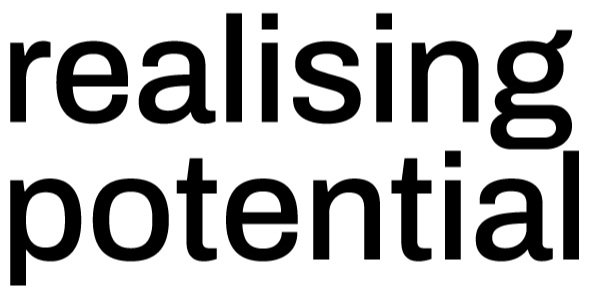Visualising Finance
Written by Jackie 'O’Dowd
Finance is the lifeblood of every business. The Chief Finance Officer plays a major part in the management of a company. The roles superpower is to acquire, manage and ensure the effective allocation, utilisation, and management of funds. Management Accountants on the other hand are responsible for accounting, reporting and control. Together these roles need to align the seven foundational elements of the organisation, Strategy, Structures, People, Process, Technology, Information, and Governance to drive performance, financial monitoring and control.
Finance teams that leverage and align their seven foundational elements can unlock a number of key benefits and capabilities using them to drive operational improvements, minimise risk and better understand revenue and cost drivers. But too often, different business activities and functions do not align, data and information is in silo’s, and processes are not standardised, which means visibility across the entire organisation is difficult. That is until now.
Enterprise systems, spreadsheets and specialised systems have a role to play, they are the transactional engines. But today’s finance teams need a way to quickly highlight hidden patterns and anomalies, to extract insights from data and to be able to provide a sound narrative that tells the organisations financial data story. A data story that includes what costs are attributed to what product, service or activity; the risk classification and minimisation plan and what liabilities are beyond the balance sheet.
Realising-Potential provides the alignment framework and data visualisation tools for finance teams to unlock the power of data and information and to improve the time from data to insight. Connecting the data dots enables more effective exploration, navigation, and observation.
Why does all of this matter? Here are several considerations:
The cost of not finding errors and anomalies can be high.
Putting information and narration in context for stakeholders is critical.
Repeatability of results when using AI and other emergent technologies is vital.
Visibility of data showing relationships and linkages puts it into context, resulting in greater understanding which leads to better choices and decisions being made.
Noise can produce economic loses.
Because the change happening today means tomorrow will be different.

